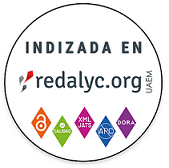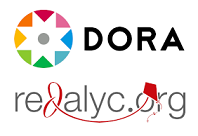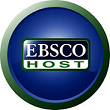Submissions
Submission Preparation Checklist
As part of the submission process, authors are required to check off their submission's compliance with all of the following items, and submissions may be returned to authors that do not adhere to these guidelines.- The submission has not been published previously or has previously been submitted to another journal.
- The submitted file is in Microsoft Word format.
- The leading text has 1.5 points, the font is Times New Roman and its size 12 points, italics rather than underlining (except with URL addresses) and all illustrations, figures and tables are marked with their sources.
- The text adheres to the stylistic and bibliographic requirements specified in the Instructions for Authors which can be found in About the Journal.
- Figures and tables have been sent in the correct resolution and in separate files. In case these do not belong to the author, he has the permission to publish.
- Letter of commitment with electronic signatures and academic data format filled are being send.
Copyright Notice
For all purposes, the content and opinions contained in papers published by Bitacora Urbano\Territorial are the sole responsibility of the authors, and do not necessarily the viewpoint of the Journal. Any legal restrictions affecting the articles and its content, (written and / or graphic), is the sole responsibility of those who signed.
Bitacora Urbano\Territorial reserves the right to make changes to the content, written and / or graphic, specifically to adapt it to design requirements.
Bitacora Urbano\Territorial is published under license Attribution Creative Commons (CC) Creative Commons 4.0. Papers sent to BITACORA URBANO TERRITORIAL, implies that the authors know and accept the terms of such license.


























